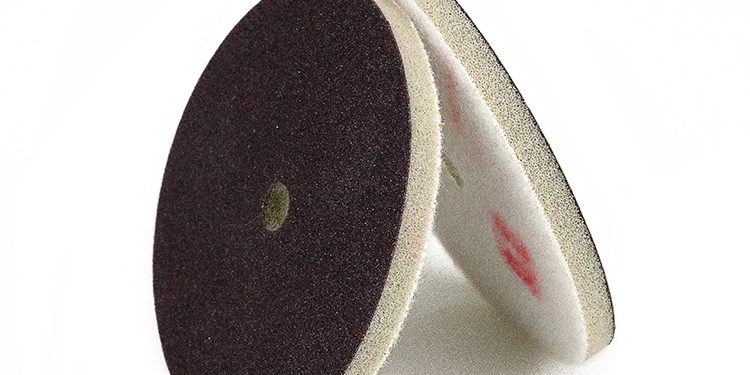When it comes to sanding metal surfaces, the choice of the right sanding disc coating can significantly impact the efficiency and quality of your work. Different coatings are tailored to specific metalworking tasks and materials. In this blog, we’ll explore how to choose the best coating for metal sanding discs to achieve optimal results.
- Aluminum Oxide: Aluminum oxide is a versatile coating suitable for general-purpose metal sanding. It offers good material removal capabilities and works well on ferrous metals like steel and iron. It’s commonly used for tasks such as deburring and surface smoothing.
- Zirconia Alumina: Zirconia alumina is known for its exceptional durability and aggressive cutting action. This coating is ideal for heavy-duty metalworking applications, such as weld blending and grinding. It works effectively on stainless steel and other hard metals.
- Ceramic Alumina: Ceramic alumina is a high-performance coating that excels in heat-resistant applications. It is particularly well-suited for grinding and polishing hardened metals, alloys, and superalloys. Ceramic alumina discs are commonly used in aerospace and precision engineering.
- Silicon Carbide: Silicon carbide is an excellent choice for sanding non-ferrous metals like aluminum, brass, and copper. It provides fast material removal and is often used in applications where finer finishes are not essential.
- Diamond: Diamond-coated sanding discs are reserved for the most challenging metalworking tasks. They are exceptionally durable and suitable for grinding and polishing extremely hard materials, including carbide and hardened steel.
- Non-Woven Coatings: Non-woven coatings, such as abrasive nylon, are used for metal cleaning, rust removal, and surface conditioning. They are often used in automotive and marine applications.
- Resin and Stearate Coatings: These coatings are used to reduce clogging and heat buildup on sanding discs. Stearate-coated discs are particularly effective for preventing clogs when working with soft metals like aluminum.
- Antistatic Coatings: In some industrial settings, antistatic coatings are applied to sanding discs to minimize the buildup of static electricity and reduce dust attraction.
When selecting the right coating for your metal sanding discs, consider the type of metal you’re working with, the level of material removal required, and the desired finish. Additionally, always follow the manufacturer’s recommendations for the specific coating’s application to achieve optimal results and maximize the lifespan of your sanding discs.










